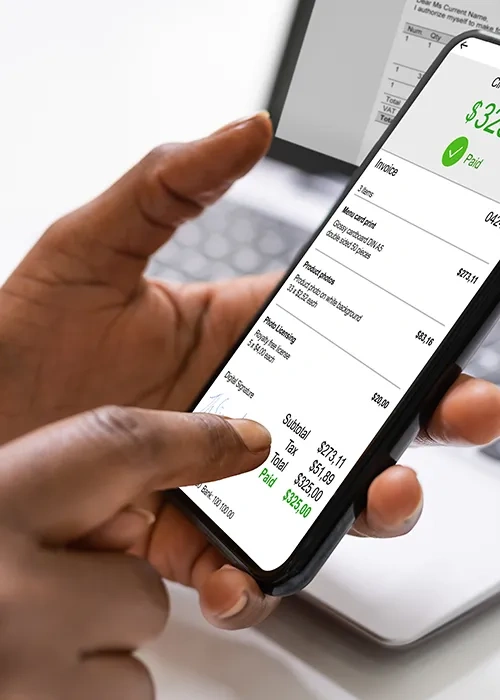5 Tips For A Quick, Successful Digital Banking Rollout
Originally published on CreditUnions.com, Alogent's Chief Strategy Officer, Jason Schwabline, shares tips for a successful digital implementation, regardless of whether it’s a new project, an upgrade to a new version of their digital banking solution, or a replacement of an existing solution. Read on to learn more.
For the last four or five years, mid-size credit unions have not been growing their customer base as much as large banks and have also now woken up to the threat posed by various fintechs, digital-only banks, and the big tech firms. Further, with changing demographics and a greater emphasis of Gen X, Millennial, and Gen Z customers on user experience, most credit unions are unable to live up to the expectations of these users. According to a report from Marqeta, by 2022 it is expected that 57.5 million U.S. millennials will be digital banking users and account for more than three-quarters of the millennial population. This underlines the importance of catering to this growing market segment.
While some credit unions have tried to differentiate themselves recently by launching new mobile-native applications, they soon realized how tough it was to keep up with the pace of changing UX standards as well as innovations launched by the big banks. They do not have the internal IT resources to keep the innovation going, nor do they have reliable vendors who can help launch reliable applications without having to change their back-end systems such as core and bill pay.
Lastly, re-evaluating and switching to a new digital banking vendor has been a long and painful process for most mid-size credit unions, with some implementations running for as long as 12 to 18 months, with severe cost overruns and leaving huge gaps in functionality between various channels and devices; e.g., mobile-native applications vis-à-vis online banking. Based on a recent study by BCG on the reasons behind failed digital banking implementations, the biggest area of concern was speed of implementation; almost 67% of the respondents reported that implementation timelines weren’t adhered to.
Before embarking on a new project, whether it’s a new implementation, an upgrade to a new version of their digital banking solution, or a replacement of an existing solution, credit unions need to bear in mind the following goals:
- Ease of use: The objective should be to provide a simple interface to members to perform their banking tasks, without them having to call the Member Service Center for simple requests. This should not be about just adding some flashy animations, transitions, and an overload of charts and widgets that confuse the user. Rather, the goal should be to design simple screens and use familiar design patterns specific to the devices used.
- Flexible and upgradeable solution: We know that no two credit unions will want to have identical functionality and each financial institution would want to differentiate itself through the digital channels. So, while it’s important to be able to start with a great set of base functionalities, the platform should allow for flexibility, and more importantly allow the credit union access to future product versions and make the upgrade process as smooth as possible.
- Speed of implementation: While it's important to have market-leading functionality in an application, it's even more critical to make sure the implementations are smooth and happen within the promised timelines. Not all credit unions have the expertise to launch on app stores, migrate data, coordinate with their third-party vendors on the integration work, and train their member service and other employee teams on the new solution. This is where you need to choose a vendor that has real-world experience in doing the above.
- Meaningful innovations: This is all about innovations that help the credit union compete with the large banks by connecting with members and providing them better service. Each innovation needs to have a clear correlation with at least one measurable business goal that is relevant to your credit union — whether it’s to increase digital banking adoption, reduce member attrition, generate revenue, or cut call center and servicing costs.
- Security: According to Fenergo, since 2008, fines totaling $26 billion have been imposed globally for non-compliance with anti-money laundering, know-your-customer, and sanctions regulations. It’s critical not to delay security audits and pen-testing until the final customer QA testing and UAT stages. Further, you need a vendor that has a dedicated in-house security and compliance team that can work very closely with the project implementation team and provide them the necessary guidance.
Based on a recent report jointly created by The Financial Brand and Pegasystems on digital banking transformation projects, less than 50% of organizations involved in such projects believe they are truly ready to take on competitive threats, new member expectations and technology trends. This shows the importance of choosing a vendor that not only has a solution well positioned to address these challenges, but also has the expertise and credentials to partner with the credit union in this digital transformation process.
Alogent, an innovator in end-to-end enterprise payment processing, information and content management, digital banking, and loan origination software, is excited to announce the official launch of NXT, our new SDK-driven digital banking platform powered by hundreds of configurations and built on an open architecture. With a strong alignment to the credit union industry and backed by the experience of more than 100 digital banking implementations and countless conversations with customers and partners, NXT was conceptualized and built to keep credit unions competitive and realize their digital banking transformation goals in a predictable and measurable fashion.
eBook: Future-Proof Your Digital Channels
Be the first to know! Click below to follow us on LinkedIn for news and content updates!


